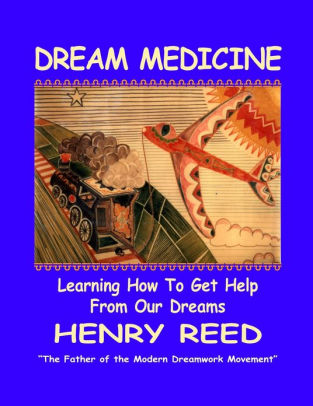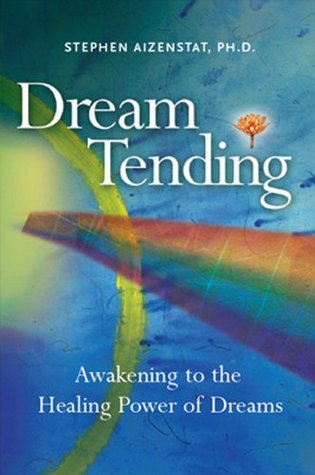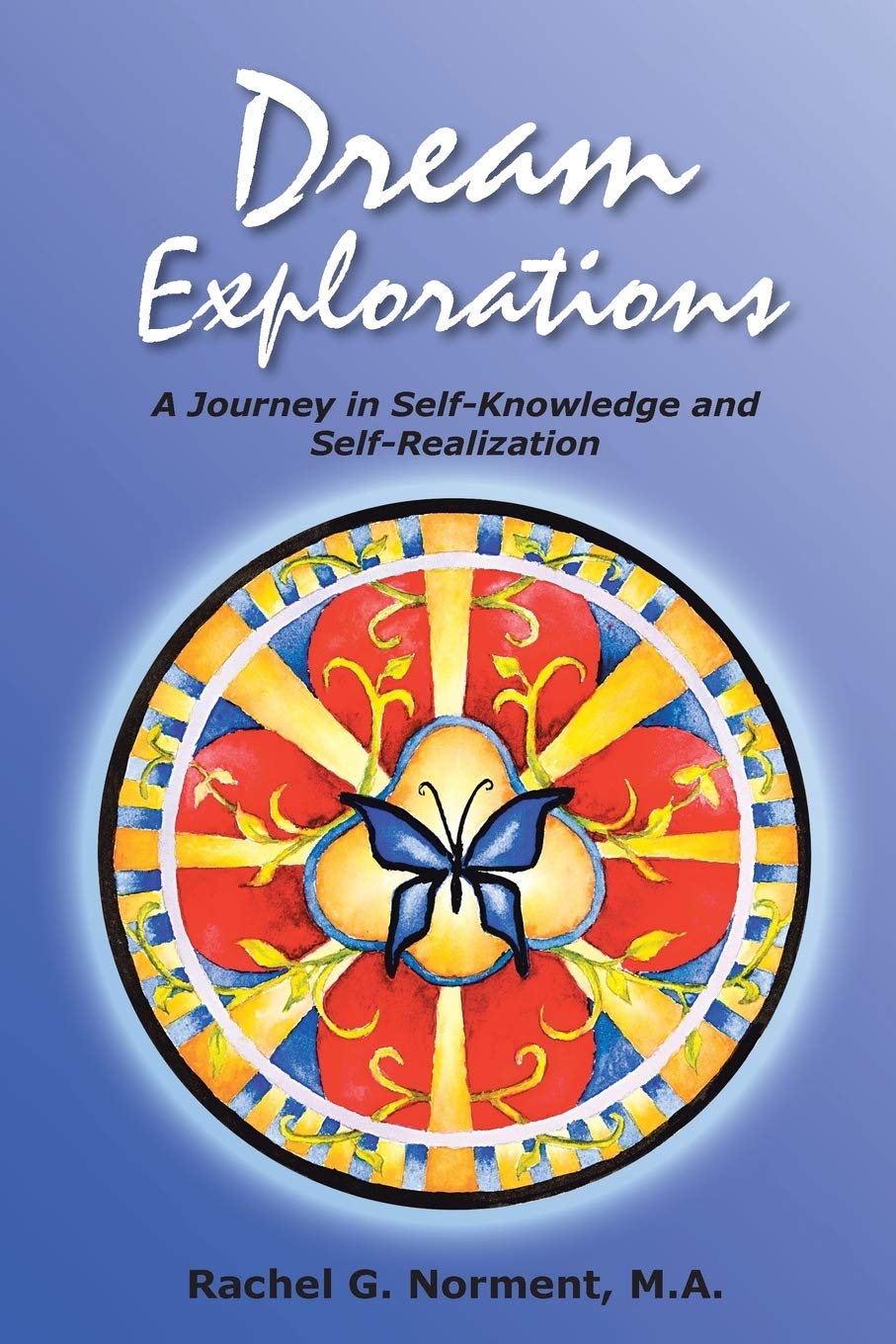Weaving Dreams into the Classroom was conceived during a symposium presented at the 27th annual Conference of the International Association for the Study of Dreams (IASD) in 2010, where the theme of Dreams in Educational Environments was heavily emphasized and supported.
The book is a compilation of chapters from 10 educators who provide practical, hands-on models for bringing dream education to students of all ages. It is organized by level of instruction, beginning with elementary and secondary education and continuing to cover undergraduate, graduate and adult education. Importantly, since many dream educators encounter difficulty in gaining approval for integrating dreams into their curriculum, the authors provide creative solutions for overcoming potential objections.
Each chapter offers a diversity of approaches and perspectives from the different authors and there are numerous examples of how educators organize their classes and incorporate various methodologies and dreamwork projects into their courses.
Also discussed are: types of dreams at people have at different ages; samples of students’ dreams; how to orchestrate dream groups; the creative influence of dreams as a source of inspiration and imagination; the generative and transformative power of dreams, and the long-term effect dreamwork has had on students from their own point of view. Students also share examples of how they are taking what they learned out into the world.
One special chapter is written by a man who was the youngest presenter in the history at the IASD Conference where he premiered his film The Dream Mystery: An American Teen’s Search for Dream Elders; he has worked with his dreams since childhood, explored the ways in which various cultures place value on their dreams; he shared how dream appreciation has influenced his life. Common throughout the book are examples of the tremendous benefits students have acquired by studying dreams, such as increased intuition, self understanding, self-esteem, compassion and overall well being.
One thing is clearly evident: students’ lives are enhanced by dreamsharing and dreamwork; the more opportunities they are given to learn about how to work with their dreams, the stronger the possibility of affecting positive and conscious-centered change in regards to themselves, their families and communities, as well as the planet.
Outside the classroom, the authors examine the decline of dreamwork training in clinical psychology, questioning why dreams are no longer a significant component of study—especially given the fact that working with dreams constituted the very foundation of that field. Examples of how and why graduate students feel ill equipped to do dreamwork with clients are detailed, along with suggestions for overcoming this handicap.
Students are our future. As Weaving Dreams into the Classroom clearly conveys, young people are the ones who will determine the choices, decisions and actions of generations to come. Providing classes that teach about the wisdom and value of dreams and how to work with them provides a powerful foundation for self-knowledge and healing on all levels: individually, collectively, ecologically and globally.
Weaving Dreams into the Classroom is a unique book and comes at a crucial point in human history. We are on the verge of destroying our planet and must seek another way to proceed into the future if we are to create and sustain quality of life for all sentient beings. In this regard, it is vital that we, as a species, learn to connect with and honor our dreams. Whether you are an educator or simply a person who is passionate about sharing the value of dreams with others, this is an essential resource to add to your personal library.


















